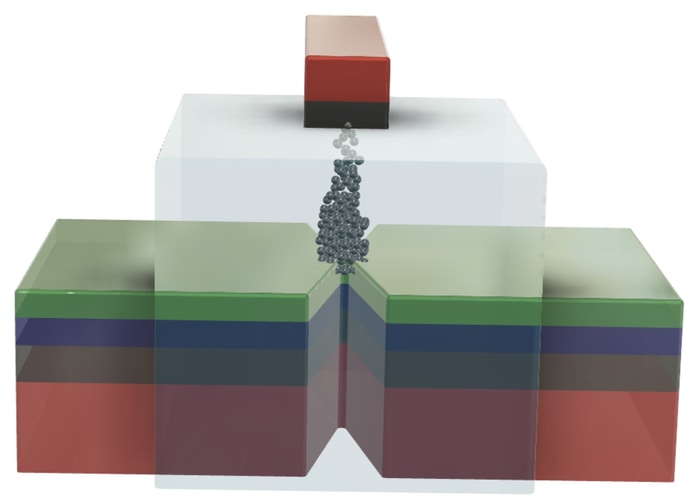INDUSTRY
Swedish-built neuromorphic supercomputing attempts to imitate the brain’s neural networks
Researchers have long strived to develop computers to work as energy efficiently as our brains. A study, led by researchers at the University of Gothenburg in Sweden's second-largest city, Gothenburg, has succeeded for the first time in combining a memory function with a calculation function in the same component. The discovery opens the way for more efficient technologies.
In recent years, supercomputers have been able to tackle advanced cognitive tasks, like language and image recognition or displaying superhuman chess skills, thanks in large part to artificial intelligence (AI). At the same time, the human brain is still unmatched in its ability to perform tasks effectively and energy efficiently.
“Finding new ways of performing calculations that resemble the brain’s energy-efficient processes has been a major goal of research for decades. Cognitive tasks, like image and voice recognition, require significant computing power, and mobile applications, in particular, like mobile phones, drones, and satellites, require energy-efficient solutions,” says Johan Åkerman, professor of applied spintronics at the University of Gothenburg.
Important breakthrough
Working with a research team at Tohoku University, Åkerman led a study that has now taken a step forward in achieving this goal. In the study, the researchers have succeeded for the first time in linking the two tools for advanced calculations: oscillator networks and memristors.
Åkerman describes oscillators as oscillating circuits that can perform calculations and that are comparable to human nerve cells. Memristors are programable resistors that can also perform calculations and that have integrated memory. This makes them comparable to memory cells. Integrating the two is a major advancement by the researchers.
“This is an important breakthrough because we show that it is possible to combine a memory function with a calculating function in the same component. These components work more like the brain’s energy-efficient neural networks, allowing them to become important building blocks in future, more brain-like computers.”
Enables energy-efficient technologies 
According to Johan Åkerman, the discovery will enable faster, easier to use, and less energy-consuming technologies in many areas. He feels that it is a huge advantage that the research team has successfully produced the components in a small footprint: hundreds of components fit into an area equivalent to a single bacterium. This can be of particular importance in smaller applications like mobile phones.
“More energy-efficient calculations could lead to new functionality in mobile phones. An example is digital assistants like Siri or Google.
Today, all processing is done by servers since the calculations require too much energy for the small size of a phone. If the calculations could instead be performed locally, on the actual phone, they could be done faster and easier without a need to connect to servers.”
He notes self-driving cars and drones as other examples of where more energy-efficient calculations could drive developments.
“The more energy-efficiently that cognitive calculations can be performed, the more applications become possible. That’s why our study really has the potential to advance the field.”

